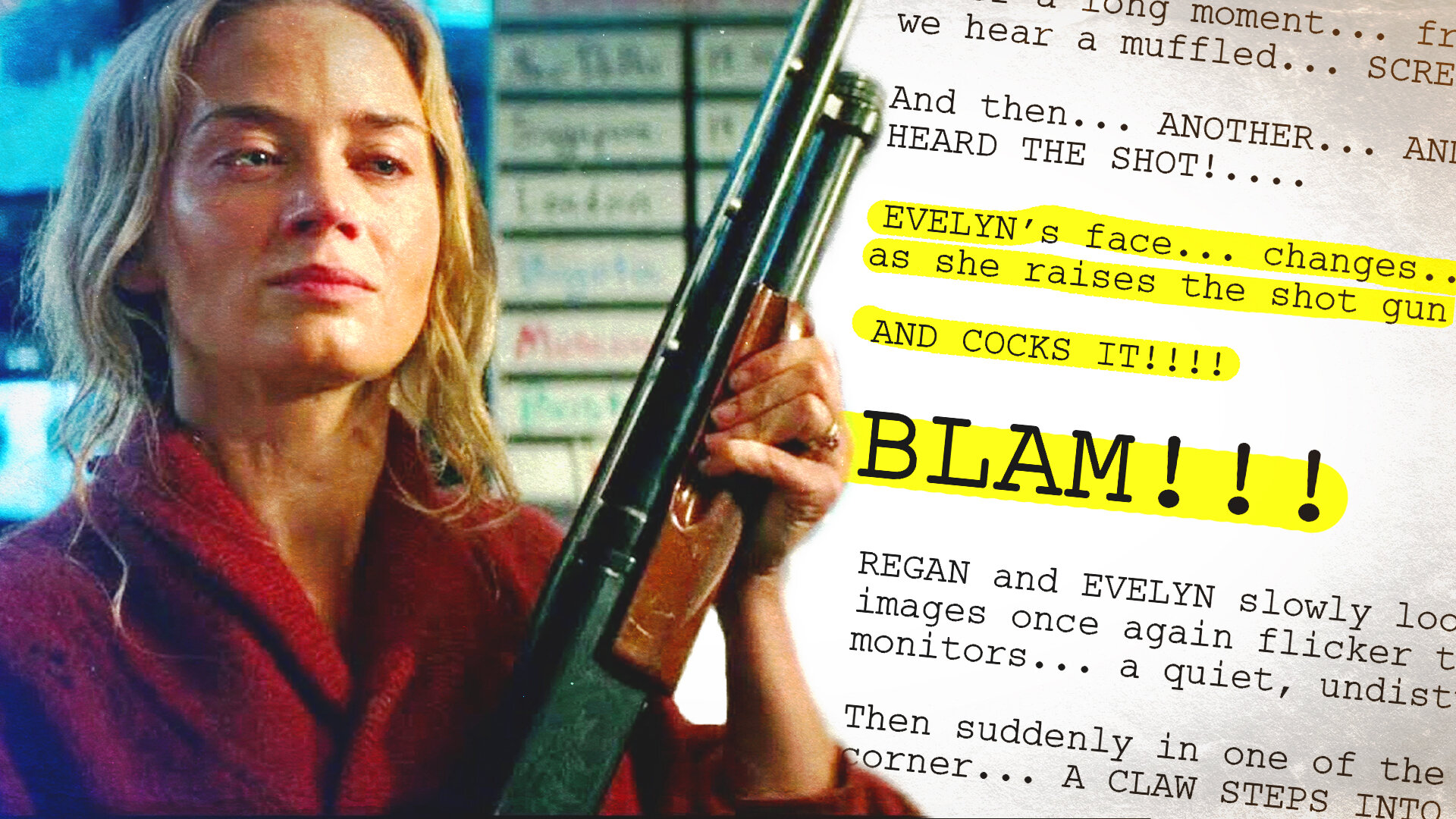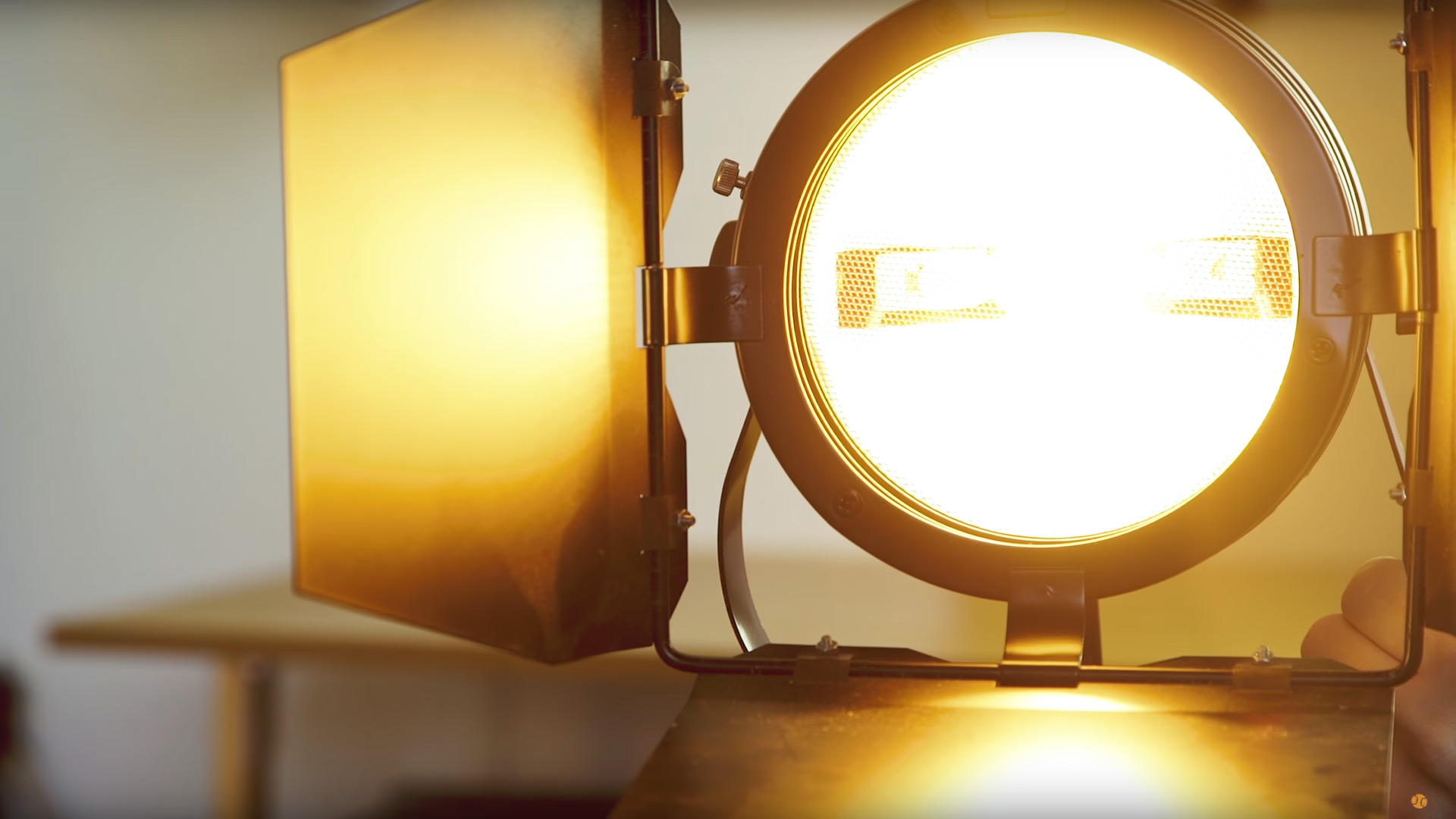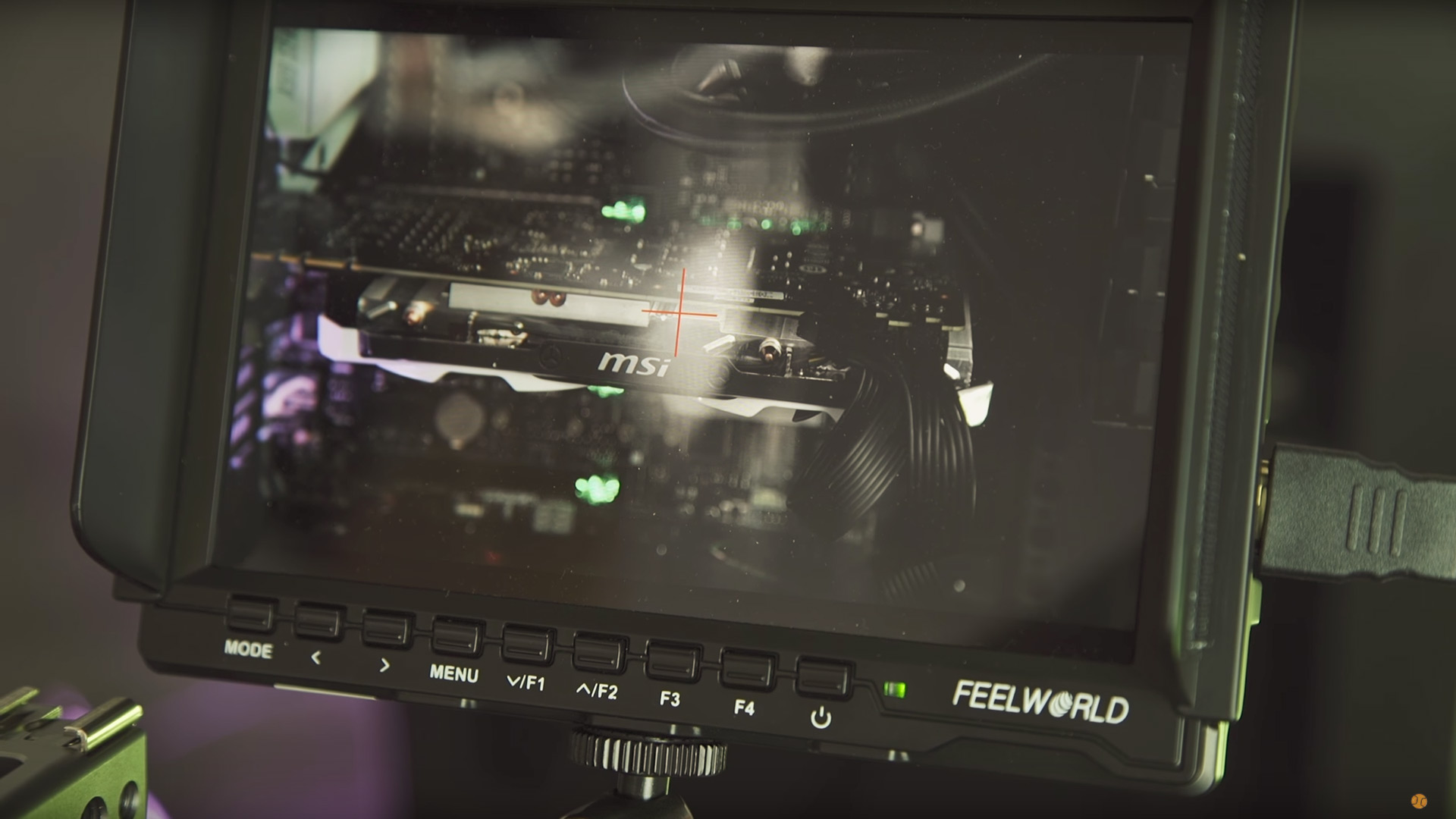The Canon L series 24-105.
It’s arguably the most versatile lens you can buy in terms of its price, quality, and focal range. It gives a very clean, smooth and reliable image. But what if you want something with a bit more character? This is where vintage lenses come in.
So why use older, cheaper lenses when you have a relatively new lenses.
Well vintage lenses where used on film cameras and there is something about the look they produce which is so applying.
When you attach it to a modern DLSR or mirrorless camera, it produces a classic vintage aesthetic, getting you closer to achieving the film look. And because it is now in front of a modern sensor, the resolution of the image is not compromised; giving you something both modern and characteristic.
There are two avenues to go down when buying vintage glass.
You can go for something beaten or well loved. A lens which has been used to death or a bit mistreated will give you look that is the opposite of sterile, perfect for a highly-stylised image.
Then there are well looked-after vintage lenses.
You’d think they are less common than those that have collected dust and dirt, but most people take special care of their camera equipment.
The quality of the glass inside most of these old lenses is far superior to the modern equivalent in a similar price range. For a fraction of the price, you’ll get top quality glass.


















































